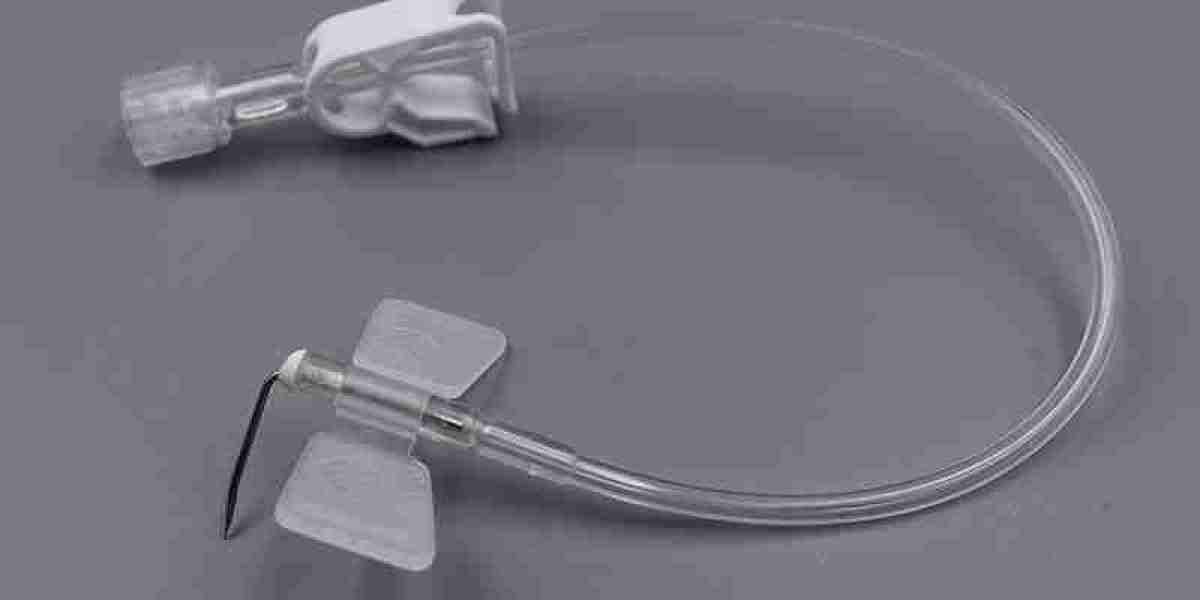The Huber needles market is witnessing considerable growth, largely propelled by its increasing use in chronic disease management. As the global burden of conditions such as cancer, chronic kidney disease, and autoimmune disorders continues to rise, so too does the demand for efficient and long-lasting intravenous access solutions. The unique non-coring design of Huber needles makes them essential tools in delivering frequent, long-term treatments while minimizing damage to implanted ports. This growing reliance on Huber needles highlights their strong market potential in the evolving healthcare landscape.
Chronic Disease Trends Driving Demand
Chronic diseases are now the leading cause of mortality and long-term disability worldwide. According to the World Health Organization, non-communicable diseases account for nearly 74% of global deaths. Many of these conditions require ongoing medical interventions that involve repeated venous access—for medication administration, blood draws, dialysis, and parenteral nutrition.
Huber needles provide a solution tailored to these needs. Their angled tip design allows safe and repeated access to implanted venous ports without coring or damaging the septum, significantly extending port life and reducing complications. This makes them the go-to choice for managing long-term therapies in oncology, nephrology, and immunology.
Expanding Use in Oncology
Cancer treatment remains one of the most significant applications of Huber needles. Chemotherapy regimens often span several months and require repeated, sterile access to a central venous port. Huber needles, with their low trauma and infection-reducing characteristics, are indispensable for this purpose.
With the rising global incidence of cancer and the growing adoption of port-a-cath systems for chemotherapy delivery, the demand for high-quality Huber needles is increasing. Advanced safety features and antimicrobial options are further enhancing their appeal in high-risk oncology environments.
Role in Dialysis and Renal Care
In the field of nephrology, patients with end-stage renal disease require consistent vascular access for dialysis. While arteriovenous fistulas and grafts are common, implanted catheters and ports are often used for patients with difficult vascular anatomy. Huber needles serve as an effective access method in such cases, especially in pediatric and elderly populations where gentler access is required.
Their use in peritoneal dialysis systems and port-based hemodialysis is expanding, making them critical tools in personalized renal care strategies.
Applications in Autoimmune and Nutritional Therapies
Beyond oncology and nephrology, Huber needles are becoming vital in administering immunoglobulin therapies for autoimmune disorders like multiple sclerosis, lupus, and myasthenia gravis. These therapies often require recurring access to central lines, reinforcing the importance of safe and reliable needles.
Similarly, patients on long-term parenteral nutrition, either due to gastrointestinal disorders or short bowel syndrome, depend on frequent, sterile central venous access. Huber needles enable such care with reduced risk of line damage or infection.
Market Potential Across Care Settings
The application of Huber needles is not confined to hospitals. With the expansion of home healthcare and ambulatory infusion centers, their utility is growing across a range of care settings. Patients can now receive treatment from the comfort of home, reducing hospital admissions and healthcare costs. The easy-to-use design and availability of safety-enhanced models are driving adoption in outpatient environments.
Furthermore, the aging global population and improved chronic disease detection rates are creating a larger patient base requiring long-term care—further boosting the market potential for Huber needles.
Future Outlook and Strategic Opportunities
The future of the Huber needles market is promising, with technological innovation and healthcare trends aligning in its favor. Opportunities lie in:
Development of pediatric and geriatric-friendly models
Expansion in emerging markets with rising chronic disease prevalence
Integration with smart infusion and telehealth technologies
Increased investment in R&D for antimicrobial and eco-friendly materials
Conclusion
The growing use of Huber needles in chronic disease management reflects their indispensable role in modern healthcare. As the demand for long-term, reliable intravenous access continues to climb, the market potential for Huber needles is set to expand significantly. With innovation, global outreach, and clinical necessity on their side, Huber needles will remain central to the treatment of chronic illnesses well into the future.




